Buckinghamia - The ivory Curl Flower.
The Buckinghamia is an Australian Native Tree which grows naturally in Tropical Queensland, in Northern Australia. It is a great small tree for temperate and warm climate gardens , but grows much larger in it's natural habitat in the rainforest where it competes for sunlight with other trees. The main features of the plant are it's unique long ivory-coloured flowers which apper in late Summer and autumn , and the glossy attractive green leaves. This tree is also relatively pest and disease free. The flowers have a nice fragrance and are also attractive to birds and bees. I photographed these Buckinghamia Trees in Sydney a few months ago.
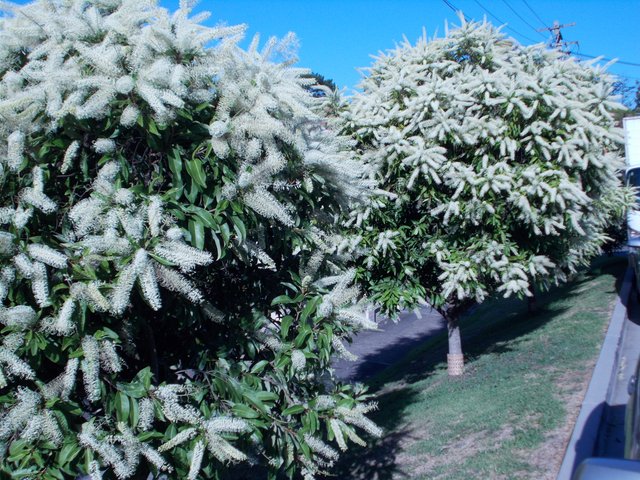
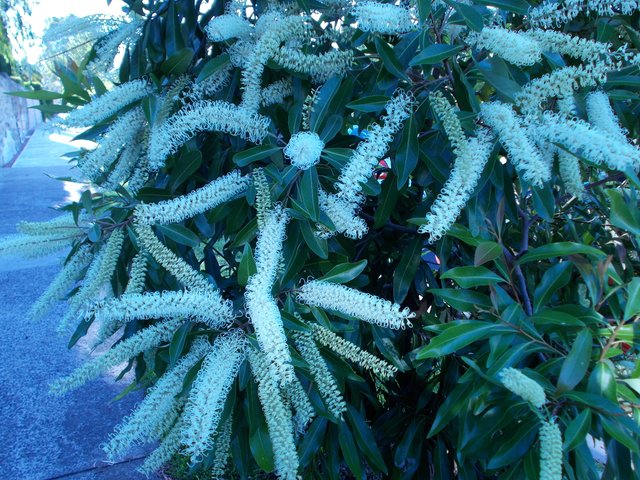
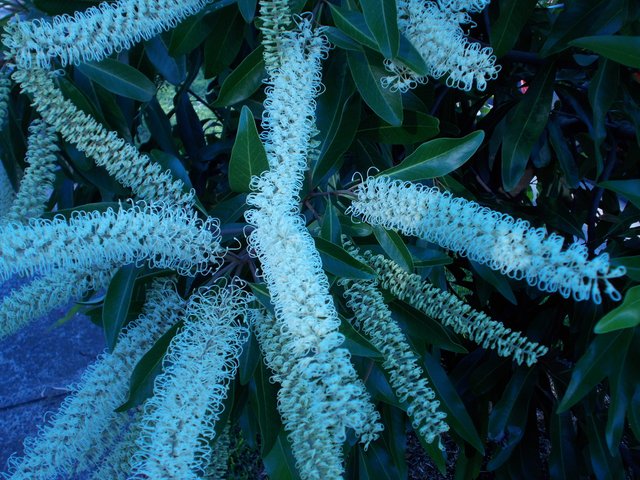
Buckinghamia - The ivory Curl Flower!
The Ivory Curl is a beautiful feature tree often seen in the backyards and found in undisturbed bushland in its native area. According to the Australian Native Plants Society, the tree is named after Richard Greenville, the Duke of Buckingham. You can pllant these beauties in mulched soil and keep them happy with plenty of sun and water. Cuttings will grow faster than seeds, and with less risk of failure. As mature trees, they need less water and are marvellously drought-resistant, and they do not generally require pruning.
Ivory curls can grow up to 7 meters in height, although different climates may reduce its growth, causing it to reach shorter heights. It takes about 3 to 5 years to reach maturity for flowering. The tree has a skinny grey trunk, with the branches forming a rounded shape at the top. The leaves are longish and dark green, with tips that can vary in colour throughout the year from silver to red. But the crowning glory of this tree is its magnificent, profuse ivory/pale yellow cylindrical flowers. These are so plentiful in number and clustering that they can appear to beautifully overwhelm the tree. Bees 🐝, honey eaters and insectivorous birds are attracted to this tree.
Text from multiple Google sources
Congrats, you won the Silly Sausage Award for your great pics and info. Well done !
Wow 😮!!!
Thank you so much @ctrl-alt-nwo!
Have a great day!
So unique, somehow reminds me of an anime movie. They would fit in those landscapes perfectly.
Buckinghamia celsissima is commonly called the Ivory Curl Tree. It's a native of North Eastern Queensland, and for years was widely planted as a street tree around Brisbane.
In flower, it's stunning and a great plant for most gardens. The trees grow naturally in rainforests in Queensland and northern New South Wales, but also grow happily throughout most of Australia, including as far south as Melbourne. However Buckinghamia celsissima doesn't do well in Canberra, because it hates frosts, and it will not flower in the humidity and heavy rains of the northern tropics.
In its natural rainforest it grows to about 25 metres to reach the light above the tree canopy. In suburban gardens expect a small tree up to about eight metres, and in the cooler southern states it will reach the size of a medium shrub. The long creamy re-curved flowers are borne in autumn, have a wonderful fragrance and are also attractive to birds and bees.
Buckinghamia celsissima is a great plant - it doesn't seem to suffer pests and diseases, is adaptable and will grow in many areas of Australia.
Source
Congrats, you won the Fav. comment Award. Great pics and info there, well done !
Buckinghamia celsissima is commonly called the Ivory Curl Tree. It's a native of North Eastern Queensland, and for years was widely planted as a street tree around Brisbane.
In flower, it's stunning and a great plant for most gardens. The trees grow naturally in rainforests in Queensland and northern New South Wales, but also grow happily throughout most of Australia, including as far south as Melbourne. However Buckinghamia celsissima doesn't do well in Canberra, because it hates frosts, and it will not flower in the humidity and heavy rains of the northern tropics.
In its natural rainforest it grows to about 25 metres to reach the light above the tree canopy. In suburban gardens expect a small tree up to about eight metres, and in the cooler southern states it will reach the size of a medium shrub. The long creamy re-curved flowers are borne in autumn, have a wonderful fragrance and are also attractive to birds and bees.
Buckinghamia celsissima is a great plant - it doesn't seem to suffer pests and diseases, is adaptable and will grow in many areas of Australia.
I like Gardening!!!
This is my hobby,,
I have a garden,There i cultivate many flower like rose,nightqueen,marigold etc..
@habiba234 Why not post pictures of this garden and maybe just a little info about each flower. Please let me know if you in a comment, I will try to see it and support. If I don't remind me, it is ok.
Really sir you so great man.
You my most choice man @streetstyle
Oh,,Okay @streetstyle,,I will give some photos of my garden!!
thanks for @vote
Really sir you so great......
I am your every post upvote done...... best of luck
your doing great work i also love garden but i do not have any garden....
Buckinghamia celsissima is commonly called the Ivory Curl Tree. It's a native of North Eastern Queensland, and for years was widely planted as a street tree around Brisbane.
In flower, it's stunning and a great plant for most gardens. The trees grow naturally in rainforests in Queensland and northern New South Wales, but also grow happily throughout most of Australia, including as far south as Melbourne. However Buckinghamia celsissima doesn't do well in Canberra, because it hates frosts, and it will not flower in the humidity and heavy rains of the northern tropics.
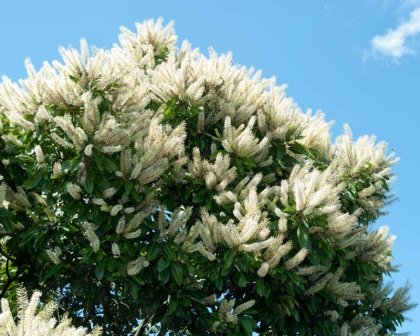
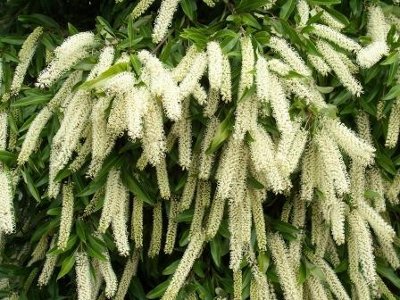
In its natural rainforest it grows to about 25 metres to reach the light above the tree canopy. In suburban gardens expect a small tree up to about eight metres, and in the cooler southern states it will reach the size of a medium shrub. The long creamy re-curved flowers are borne in autumn, have a wonderful fragrance and are also attractive to birds and bees.
Buckinghamia celsissima is a great plant - it doesn't seem to suffer pests and diseases, is adaptable and will grow in many areas of Australia.
source
Magoo-2 found a series of multi accounts of a same owner is following your articles to cheat your generous rewards.
Magoo-2 found these accounts are suspicious & can be multi accounts of a single owner. Conclusion is based on last 30 days transactions:
@afzaal4
@zakir705
magoo-2
Check our latest multi comment spam update report
you are a piece of shit, i sent him sbd because he paid me for it.. Are u in sense???
he is doing shit he did not know any thing he is doing spam....
he is out of his mind
@sardar-sani, report that shit pot over here: http://steemcleaners.com/reports/new
This is a stunning plant in cultivation where it grows into a spectacular flowering medium to large shrub or small tree. In the wild in the rainforests of north Queensland it can grow into a small to medium sized tree but it rarely grows beyond shrub dimensions in cultivation, particularly in cooler climates such as Melbourne.
It is very popular in cultivation and with its glossy dark green leaves, bronze new growth and spectacular cream flowers it makes a beautiful addition to your garden. The species is cultivated in both tropical and temperate areas and is hardy as far south as Melbourne. It is frost tender when young, but damaged growth is quickly replaced in the spring. It likes water during dry periods and regular fertilising, prefers a sunny position and well-drained soil.
The flowers are a magnet for insects which will, in turn, attract insectivorous birds to your garden. If you throw in a birdbath you'll create a summer paradise for your local birds.
source- https://www.australianbotanicgarden.com.au/Plants-(1)/Gardening/Flowering-Calendar/Buckinghamia-celsissima
Wow really sir so amazing flowers.
In flower, it's stunning and a great plant for most gardens. The trees grow naturally in rainforests in Queensland and northern New South Wales, but also grow happily throughout most of Australia, including as far south as Melbourne.
In the tropical regions it can be a fast growing tree and in its native habitat can grow to 30m. In cooler climates, as far south as Sydney, it is quite slow growing and seldom grows more than 8m.
Mature trees have leaves are large, deep green, glossy and elliptical, with a silvery underside. In younger trees the leaves tend to be irregularly lobed.
From summer to early autumn it is covered with masses of racemes of creamy white, sweetly scented saccate flowers clustered at the ends of the branches.
The Ivory Curl Flower prefers warm coastal climates, it does not tolerate frost or salt and like all PROTEACEAE it is phosphorus intolerant.
Can be grown as a feature plant or part of shrubbery.
Named after Richard Grenville, the Duke of Buckingham.The name is from Latin celsus, high or lofty, a reference to the habit of the plant in the wild. These have been used for street planting in Sydney at times.
https://www.gardensonline.com.au/GardenShed/PlantFinder/Show_1480.aspx
@ctrl-alt-nwo, That's excellent review given about Buckinghamia plant and given nice images after long time. I appreciate you coz every time update various plantation. I add something via internet sources.
This is a stunning plant in cultivation where it grows into a spectacular flowering medium to large shrub or small tree. In the wild in the rainforests of north Queensland it can grow into a small to medium sized tree but it rarely grows beyond shrub dimensions in cultivation, particularly in cooler climates such as Melbourne. It flowers in autumn, with the long creamy flowerheads often completely hiding the dark green glossy foliage. It makes a wonderful feature plant and should be trimmed back behind the spent flowers.
In its natural rainforest it grows to about 25 metres to reach the light above the tree canopy. In suburban gardens expect a small tree up to about eight metres, and in the cooler southern states it will reach the size of a medium shrub. The long creamy re-curved flowers are borne in autumn, have a wonderful fragrance and are also attractive to birds and bees.
In flower, it's stunning and a great plant for most gardens. The trees grow naturally in rainforests in Queensland and northern New South Wales, but also grow happily throughout most of Australia, including as far south as Melbourne. However Buckinghamia celsissima doesn't do well in Canberra, because it hates frosts, and it will not flower in the humidity and heavy rains of the northern tropics.
Image source : google
Content source : http://www.abc.net.au/gardening/factsheets/buckinghamia-celsissima/9423910
Buckinghamia celsissima, commonly known as the ivory curl, is a species of trees, constituting part of the plant family Proteaceae. They grow naturally only (endemic) in the wet tropics rainforests areas of north eastern Queensland, Australia.
The species was described in 1868 by Ferdinand von Mueller in honour of Richard Grenville, 3rd Duke of Buckingham, from a collection of material made by John Dallachy near Rockingham Bay on 11 January 1865. Its specific epithet is Latin for "very tall". Common names include ivory curl flower and spotted silky oak.
Buckinghamia celsissima reaches 30 m (98 ft) tall in its natural rainforest habitat, but is much smaller, reaching 10 m (33 ft) tall, in Australian east coast gardens. Glossy dark green above and whitish below, the leaves are quite variable. Juvenile leaves have one or more lobes while adult leaves are simple and entire, measuring 8 to 16 cm (3.1 to 6.3 in) long by 3-7 cm (1.2-2.8 in) wide. The white flower spikes appear over summer and autumn. Terminal and showy, these are drooping racemes up to 20 cm (7.9 in) in length. Flowers are followed by the development of woody follicles, 1.5-3 cm (0.59-1.18 in) long.
In the wild they are found more frequently in drier rainforest from altitudes of 200 to 1,000 m (660 to 3,280 ft) above sea level. They often grow with kauri pine (Agathis robusta).
The species is grown widely in Brisbane and thrives in Sydney and Melbourne, yet is shy to flower in Cairns. Frosts render it difficult to grow in Canberra. It can be propagated from seeds or cuttings of hardened new growth. Its flowerheads attract birds and insects.